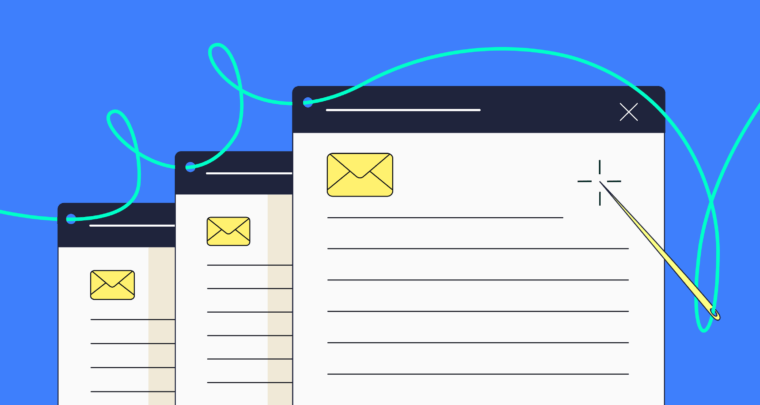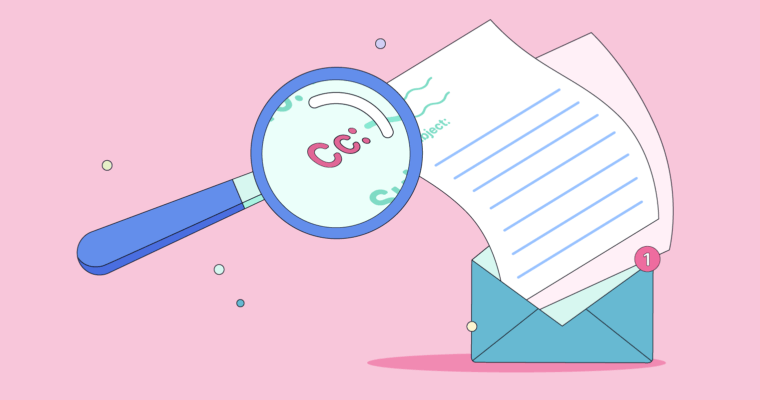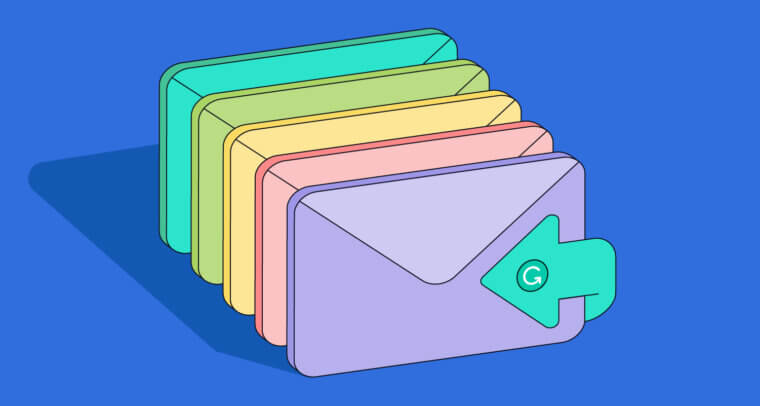
Emoji are ingrained in the modern lexicon of electronic communication. They’re so commonplace that in some professional spaces, the informal use of emoji in business communication is no longer taboo.
Depending on your industry or company culture, including an emoji in an email can clarify the emotional cues behind your message. Although they are helpful markers of intention, like any language, there are dos and don’ts when using emoji in work email.
What is emoji in emails?
An emoji is a graphical depiction of emotions, gestures, animals, activities, symbols, and more. Adding emoji in work emails can enhance or clarify the meaning and tone of a message.
The unspoken intonation behind any piece of writing, especially digital correspondence like email, can be difficult to interpret. Typed words don’t have facial expressions, changes in vocal tone, or other cues that in-person communication provides.
A statement that’s punctuated with an exclamation point might come off as sarcastic when the writer meant to convey enthusiasm. A simple smiley face emoji for work messages like this can act as a signal to bridge these communication gaps.
Additionally, the informality of emoji can build camaraderie in the workplace and lend your writing a little personal touch.
When and where to use emoji in work email
Maintaining appropriate email etiquette starts with the purpose of your email and who it’s intended for. Because you can’t be sure how people outside your company will react, it’s generally best to keep emoji use in emails to internal communication.
You can use emoji in all parts of email correspondence: your subject line, within the email body, and in the sign-off. Emoji are useful in calling attention to a detail in your message, setting your intended tone, or expressing an emotion visually.
When not to use emoji in work email
Although emoji are growing more popular at work, it’s important to consider when it’s not appropriate. Examples of when not to use emoji include:
- Companies with a formal or traditional workplace
- External communication with potential clients
- Formal business communication
- Cold emails
Also, be aware of which emoji you use and whether you’re using emoji in the right context. The meaning of an emoji might be culturally different from one country to the next. For example, you might see the “sleepy face” emoji 😪 as shedding a tear to communicate empathy or condolence, but others might interpret the expression as someone with a comedic snot bubble.
5 professional email emoji examples
Do you want to enhance the message in your work emails through emoji? Here are a few examples.
1 Emoji in the subject line
Including an emoji in a subject line is a useful way to catch the recipient’s attention.
Subject: ❗️Time-sensitive: Signature required for Lazro contract
Subject: 👀 Watch the marketing team’s latest video. Feedback welcome.
2 Emoji in your greeting
A smiley face emoji for work email openers can set the tone for your message early. You can also lead with a friendly “hand wave” emoji for recipients whom you already know.
Hi Eliza! 👋
Good morning Sam 😀
Its placement adds a personal touch to the greeting and conveys your communication style as approachable.
3 Emoji in a list
Another way to use work email emoji is within numerical and bulleted lists.
- 👉 General announcements: The office is operating on a half-day schedule for the upcoming holiday.
- ⭐ VIP client dinner: February 2—RSVP with Daniel.
- 🎉 Weekly wins: We closed the Andnat account. Great job, team!
- ✔️To-dos: Confirm with HR that your tax information is up-to-date.
Selecting emoji for certain list categories makes the email message more dynamic. If you consistently use the same emoji for each category, it lets readers find specific information at a glance.
4 Emoji in your email closing
One of the common ways to end an email message is with the smiley face emoji. This emoji is used to emphasize a positive and friendly tone in the email.
Let me know if you have any questions about the training. I’m happy to walk through the steps again, if helpful. 🙂
5 Emoji in your sign-off
Using an emoji in your work email sign-off lets you include some self-expression. It also sets the overall tone you want to leave your reader with.
Best regards, 🌈
Onward 🚀
Thank you, 🙏
Cheers, ✨
Emoji in email FAQs
Are emoji in emails unprofessional?
Whether it’s appropriate to use work email emoji depends on your audience, your office culture, and the content of your message. For example, if the recipient expects conventional professionalism, or if the subject of your message is official or weighty, using emoji in an email might be considered unprofessional.
What emoji to use for work?
The standard “smiley emoji” 🙂 for work emails is a good starting point if you’re new to using emoji in business emails. Using the “smiley face with smiling eyes” 😊 emoji conveys a similar sentiment, but with more warmth. Other useful work email emoji are “thumbs up” 👍, clapping hands 👏, calendar 📅, and “chart increasing” 📈.
Should I use emoji with my boss?
It depends on your boss’s preferences and your relationship with them. Some use emoji casually in Slack but keep emoji out of business emails. Others freely use emoji in all forms of digital communication. When in doubt, ask about their preference during your next one-on-one meeting, or err on the side of caution by not including emoji.






